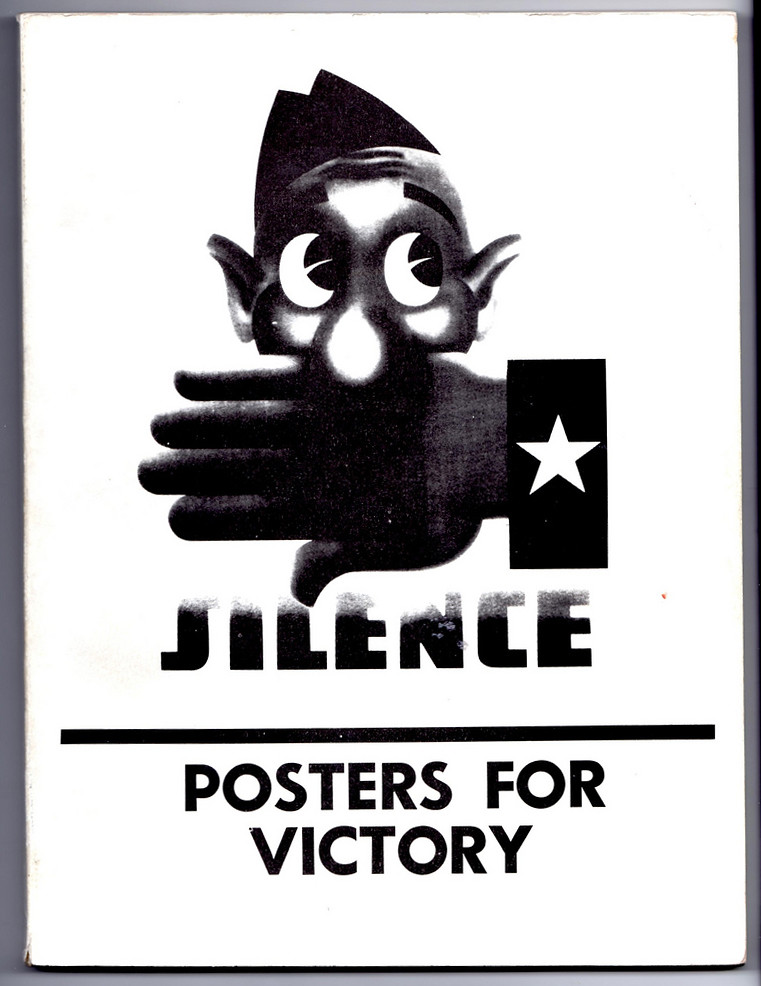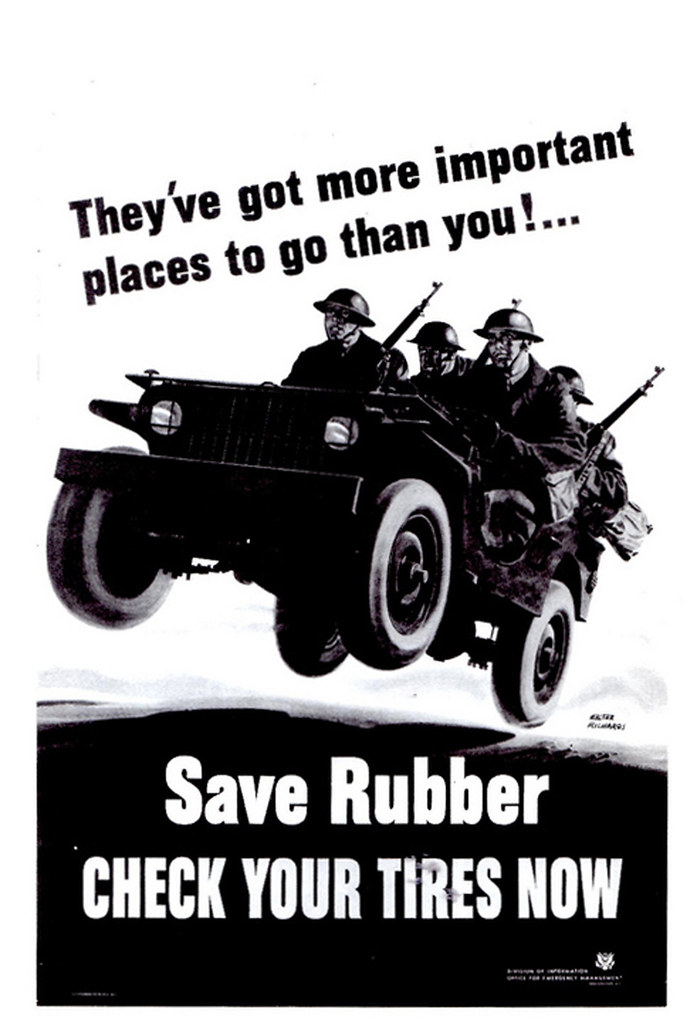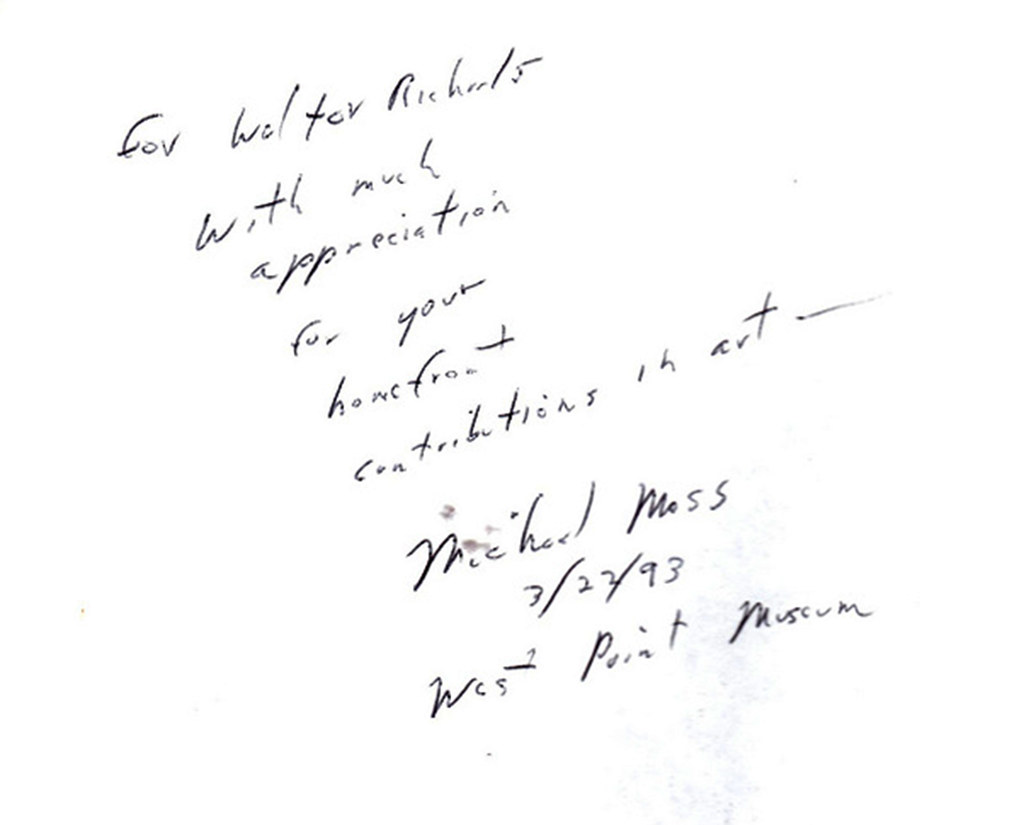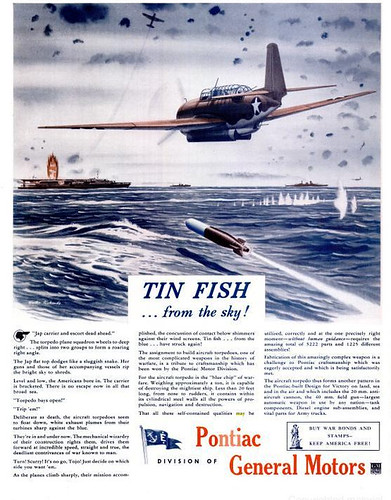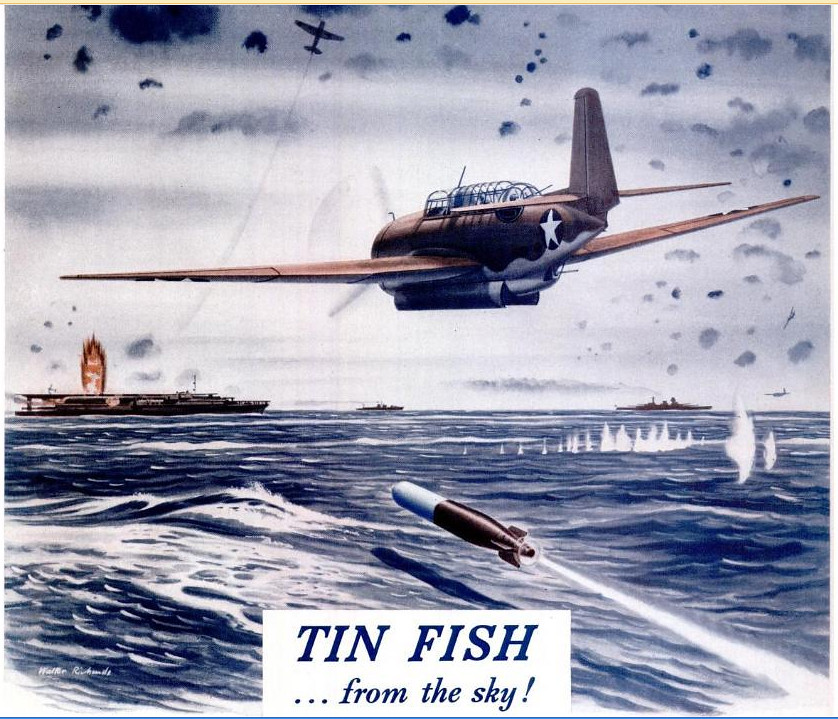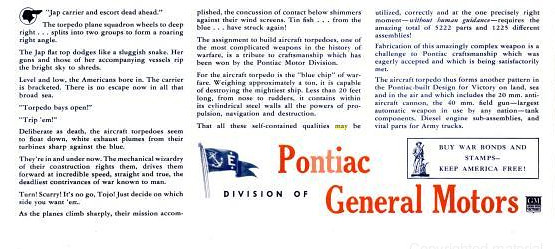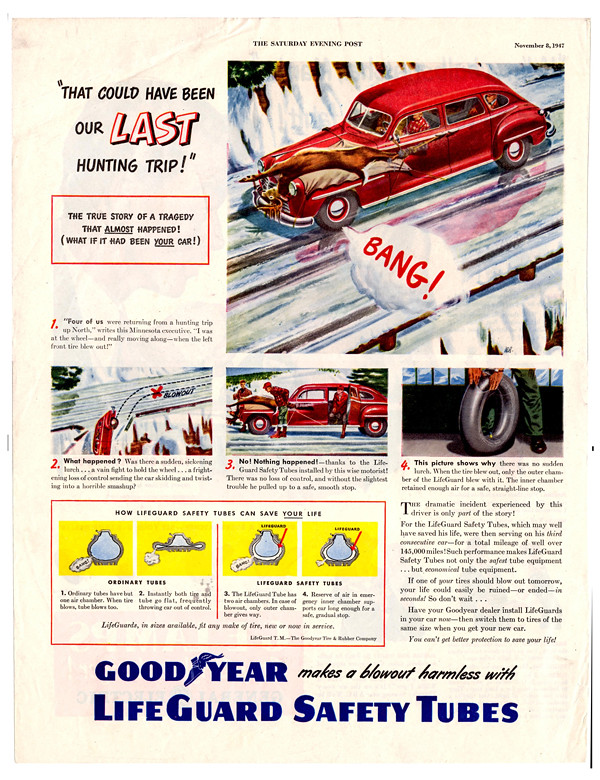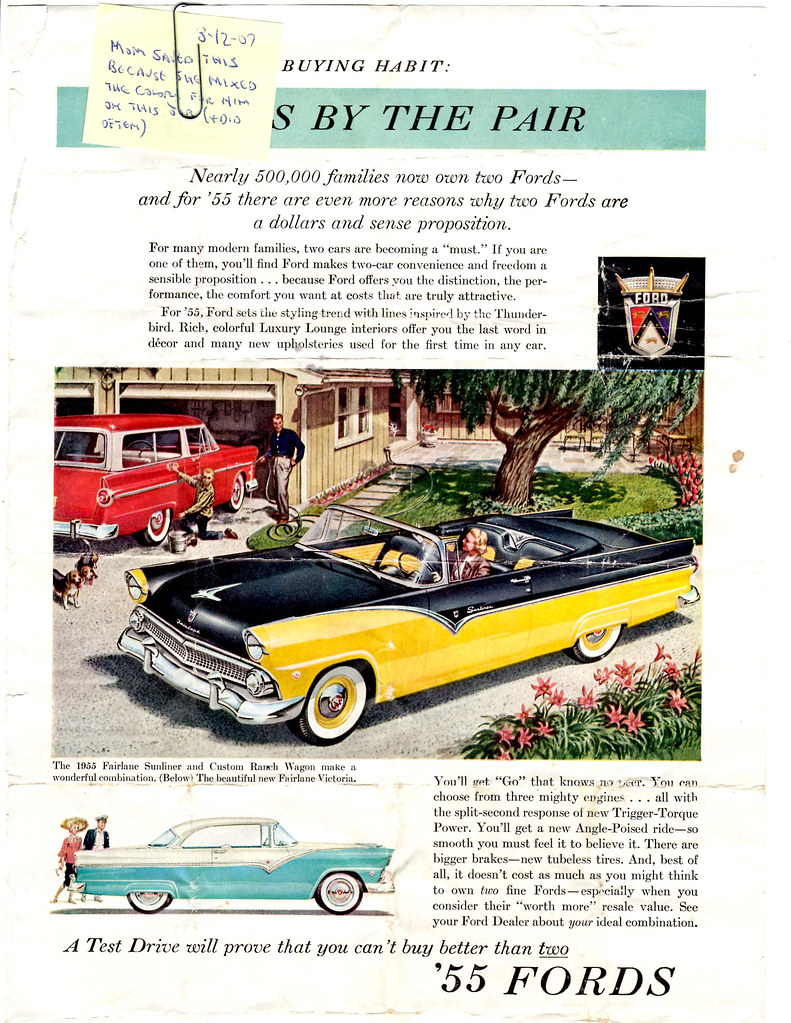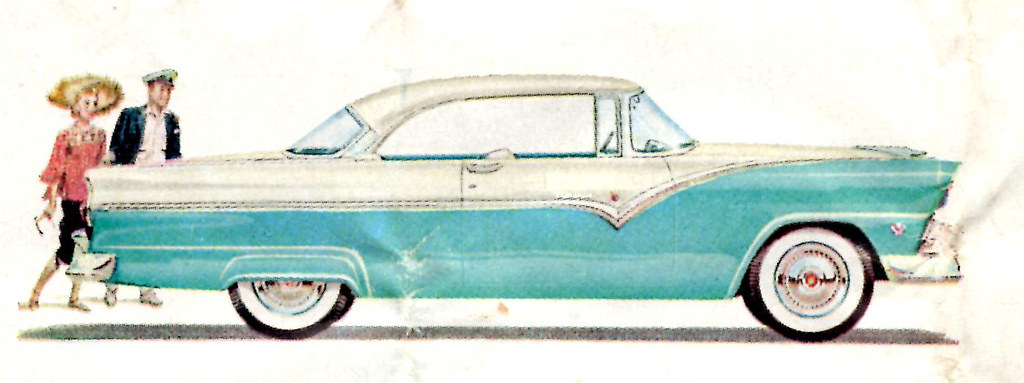In this illustration, Wally does a good job finding the essence of the harrowing experience of the hunter that this short story is based on: escaping a forest fire.
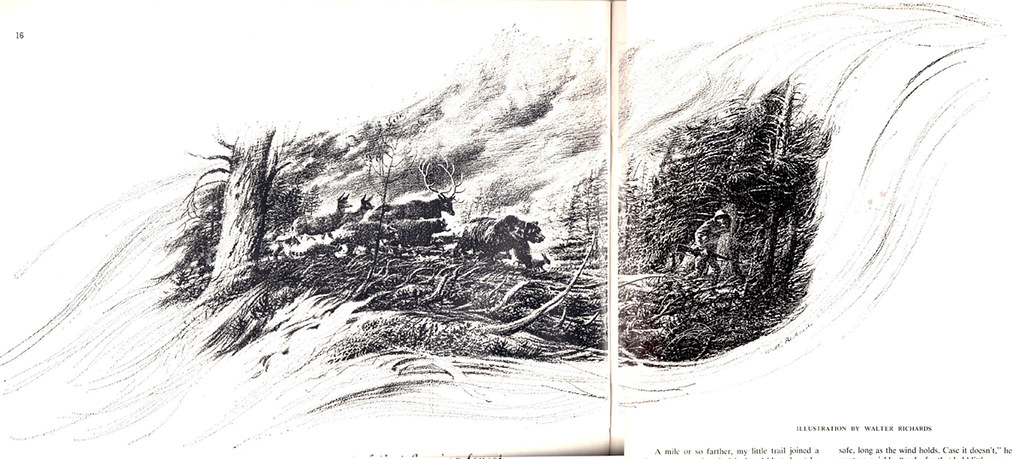 |
| Boys' Life, June 1965. Story "The Image" by A.B. Guthrie Jr. |
The story seems rather fanciful. A hunter in Lolo Forest outside Missoula, Montana finds himself running from a raging forest fire, only to discover he is being followed by a trail of wildlife; a grizzly, a bull elk, two black bears, a mule deer, a snowshoe rabbit, and two fool hens.
Whether or not it is true, the short story is entertaining enough to keep the reader reading on. Written by A.B. Guthrie Jr..
Whether or not it is true, the short story is entertaining enough to keep the reader reading on. Written by A.B. Guthrie Jr..
